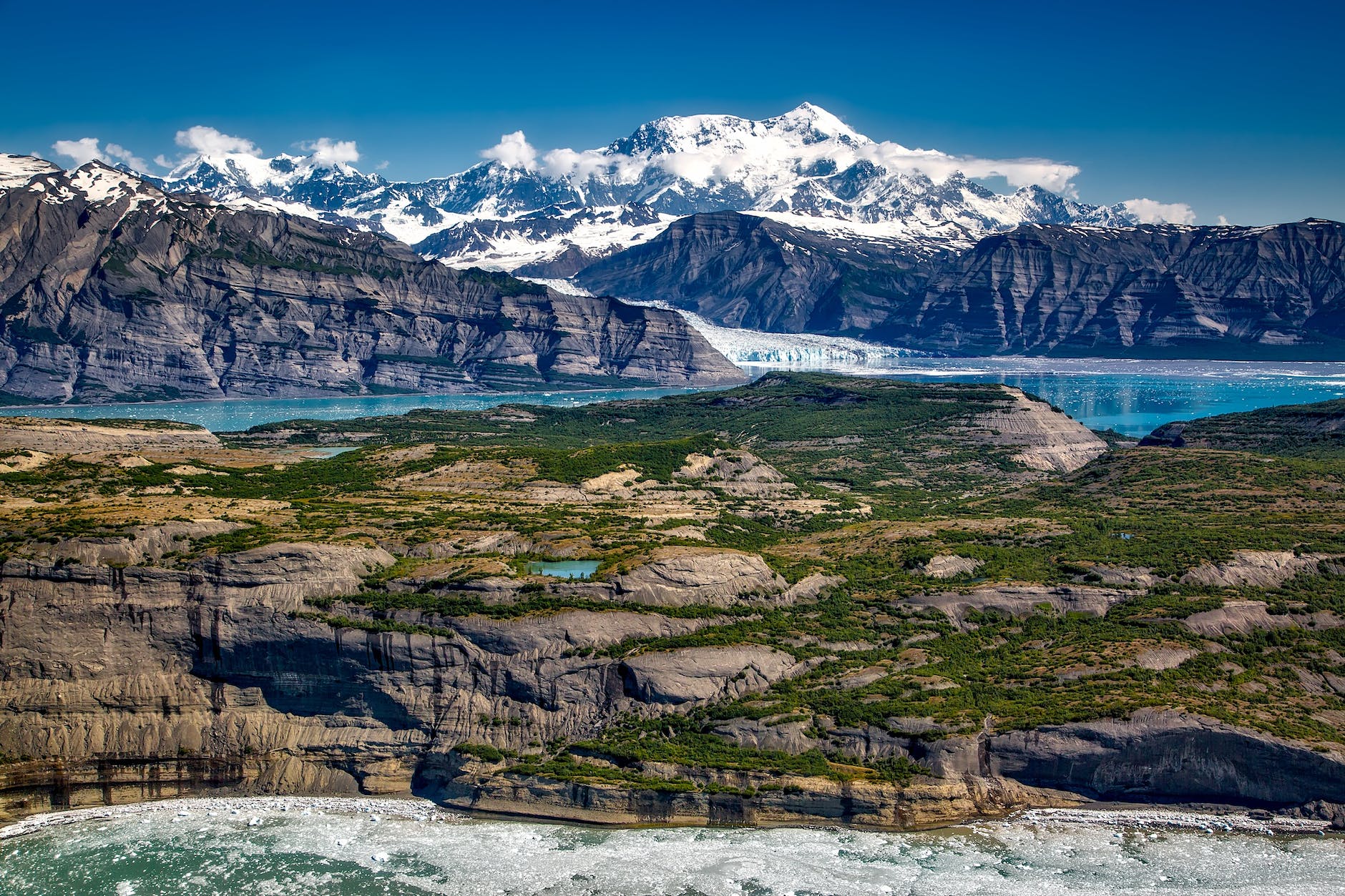The amazing Devin Drown from the University of Alaska Fairbanks presented at London Calling on “Evaluating the effects of the changing permafrost ecosystem through the lens of genomics.” Drown spoke about the rapid changes in permafrost, including nutrient and microbial community disturbances. The study investigated how permafrost-induced disturbances affect the active layer soil microbial communities. They have access to a field site with a test “disturbed permafrost” for studies. Drown and team studied the impacts on plants and antibiotic resistance genes (“the soil resistome”). The team collected soil cores and used the ligation sequencing kit with ultra-long read prep. They processed the sequences with Kraken and MEGAN long-read tools. To test how changes in microbial community composition affect plant health, the team set up microbial communities and plant growth experiments. The research found microbes associated with plant pathogens. Drown mentioned Comamonadacea. A shift in microbial function was determined in disturbed soils. The research team screened isolates and used culture-independence approaches to study resistance in Alaskan soils. Ninety isolates were screened, and high-quality genome sequences were produced. Antibiotic resistance genes for clinically reduced antibiotics were observed. The team explored communities with culture-independent approaches. Surprisingly, they found limited plasmid-dependent antibiotic resistance origins. Drown linked together the two research projects by explaining how disturbance permafrost thaw affects microbial communities and environmental and human health. This was such a great presentation and intriguing study! It gave me some ideas!



